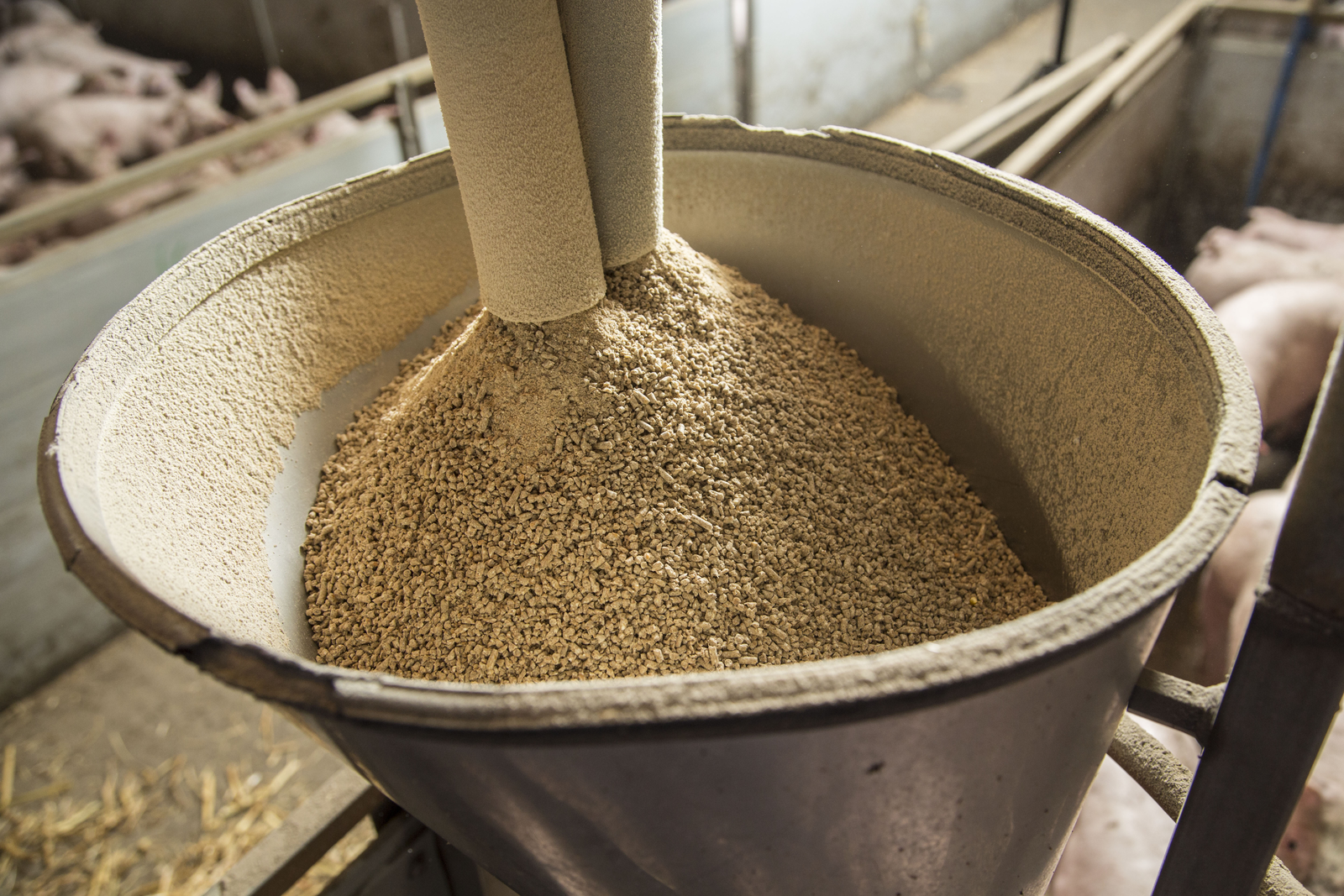Bacteria in compound feed: Overlooked problem?

Moulds and their by-products (mycotoxins) are the first elements that come to mind when veterinarians and nutritionists want to test for feed microbiological contamination. With the focus on these ingredients, the importance of bacterial quality appears to have been somewhat overlooked until now.
Specialists in pathogen control at Anitox therefore evaluate close to 20,000 samples of feed and raw materials every year, monitoring the extent of microbial contamination and the effect of its proprietary technologies to reduce bacterial load. But at what level of bacteria load we should start getting worried? It is difficult to establish a ‘safe’ limit for enterobacteriaceae in feed,” explains veterinarian and Anitox Technical Director, Dr Gino Lorenzoni. “To the best of our knowledge, the Dutch Animal Feed Board (PDV) is the only organisation willing to venture a number. They suggest 100 bacteria /g mark as a desirable level, most likely because of increased risk of Salmonella contamination as enterobacteriaceae counts rise.
More bacteria in feed than water
When standards are set for drinking water to be consumed by food producing animals, though, a different approach is usually taken. A level of 50 coliforms per ml has been recommended by several institutions including North Carolina State University and Mississippi State University. Why, then, is water more commonly scrutinized for bacterial contamination than feed? “One possible answer is that animal feed can be pelleted,” suggests Dr Lorenzoni. “The application of heat can offer some control of initial bacterial loads. But according to data collected from European feed mills between 2010 and 2015, enterobacteriaceae levels in pelleted feed averaged 3,700 cfu/g; that’s 74 times greater than the limit suggested for contamination in water. Even considering that animals drink twice as much as they eat, that would still see consumption of feed-source enterobacteriaceae at 37 times the level deemed acceptable according to water standards. Looking at the European Anitox feed sample data in more detail we see that 10% of the most contaminated samples average 36,000 cfu/g, over 700 times higher than the bacterial level recommended for water,” explains Dr Lorenzoni.
Reserve your space for the All About Feed ‘Gut Health’ Special (November 2016). More info can be found here
Mash feed is more at risk
“It’s worth remembering, too, that those are pelleted samples; samples which have had the benefit of some form of heat treatment, unlike for example, mash that is routinely fed to layers. While this seems high, it is probably just the tip of the iceberg given what we know about the likelihood and extent of post-milling feed recontamination that impacts all feeds other than those treated with residual pathogen control”, Dr Lorenzoni further explains. Most layers, and a good number of pigs, are fed mash feed rather than pellets. Mash production doesn’t require the application of heat and therefore does not involve even the most basic bacterial control phase in its production. As a result, the full extent of bacterial contamination contained in raw materials goes into the finished feed and straight to the animals. “We also see that in Europe from 2010 to 2015, the average contamination from enterobacteriaceae is 80,000 cfu/g of feed at the feed mill level, with the top 10% most contaminated samples averaging over 700,000 cfu/g of feed. Assuming a modest 5-fold increase in bacterial contamination during storage, we can predict that at the feeder levels may average 3,500,000 cfu/g, 35,000 times greater than the maximum contamination level recommended for drinking water.”
Impact on gut health
The animal’s gut can be negatively influenced by consumption of contaminated feed. While some organisms present in feed may cause only a modest impact on the nutrients available in the diet, others cause direct damage to the animals. Pathogenic E. coli will produce enteritis even if the feed is relatively free of other bacteria. In most cases, however, it is difficult to predict the outcome of bacterial load; there are simply too many complex factors at play. Debilitating factors, immune competency of the animals (including the presence of immune suppressive agents), current and recent diseases, and the physiological stage of the animals, all have a profound impact on the outcome of consuming contaminated feed. “Frequently at farm level we see animals with mild enteritis. When the enteritis starts, the farm manager looks for solutions, calls the vet and the nutritionist and before any of the plausible solutions have had time to be implemented, the enteritis is gone. But a different disease will follow shortly and the underlying problem is thus not addressed. Producers should also be mindful of the cumulative impact of multiple low-level drops in performance that follow each episode of enteritis. Add the cost together and over the period of a year the cost of mild enteritis could be taking a good portion of profits away.”
Read also: Salmonella – a needle in a haystack?
Not major concerns for producers
In summary, we can state that bacterial load in feed can cause severe intestinal disease in animals. However, that won’t always be the case. Most of the time the outcome of a single event – a peak in bacterial load leading to enteritis, for example – is not spectacular and usually affects only one part of the farm for perhaps a day or two. “For this reason the importance of these events can be overlooked; they are simply not big enough to top a producers list of concerns. But overlooking them could significantly impact on productivity” concludes Dr Lorenzoni











